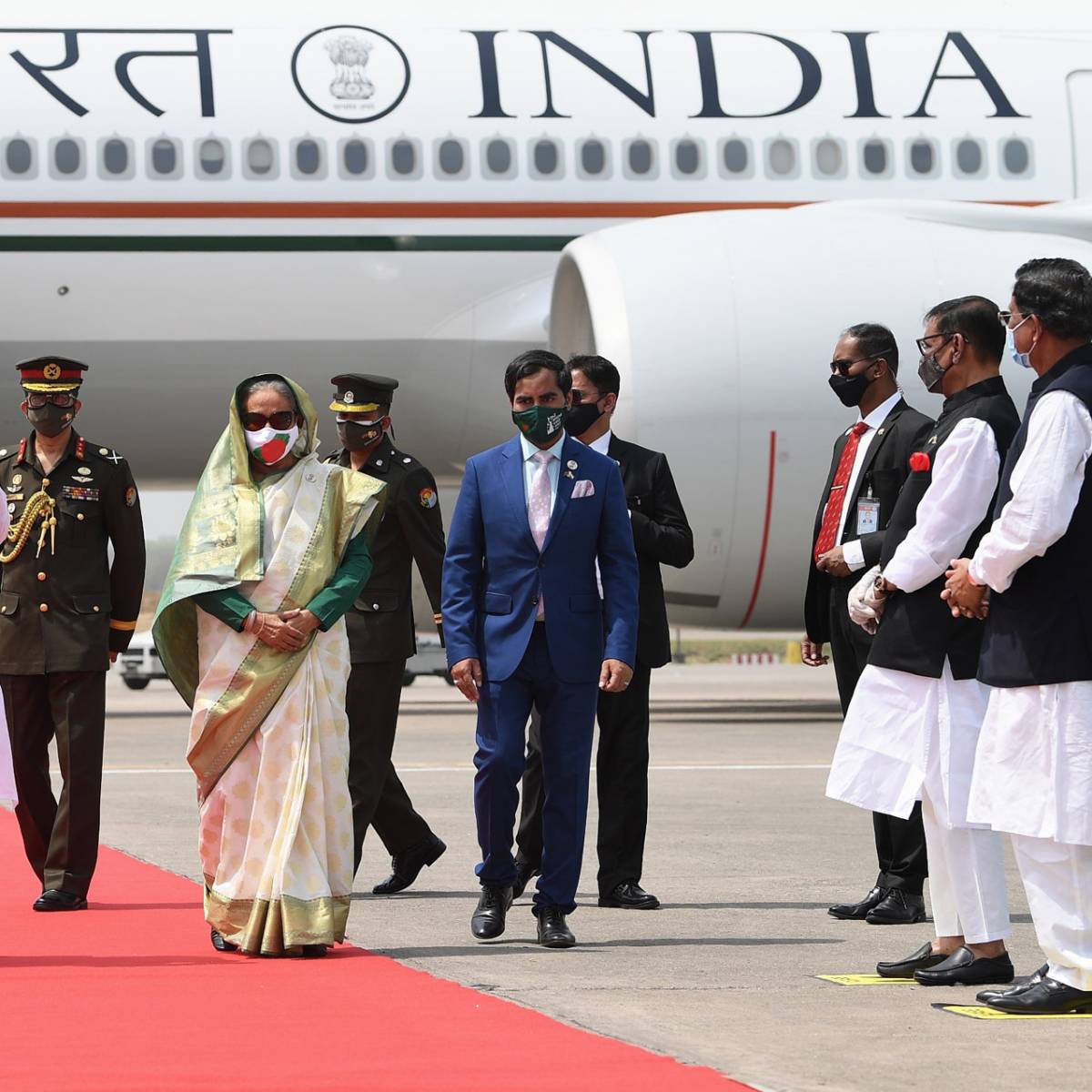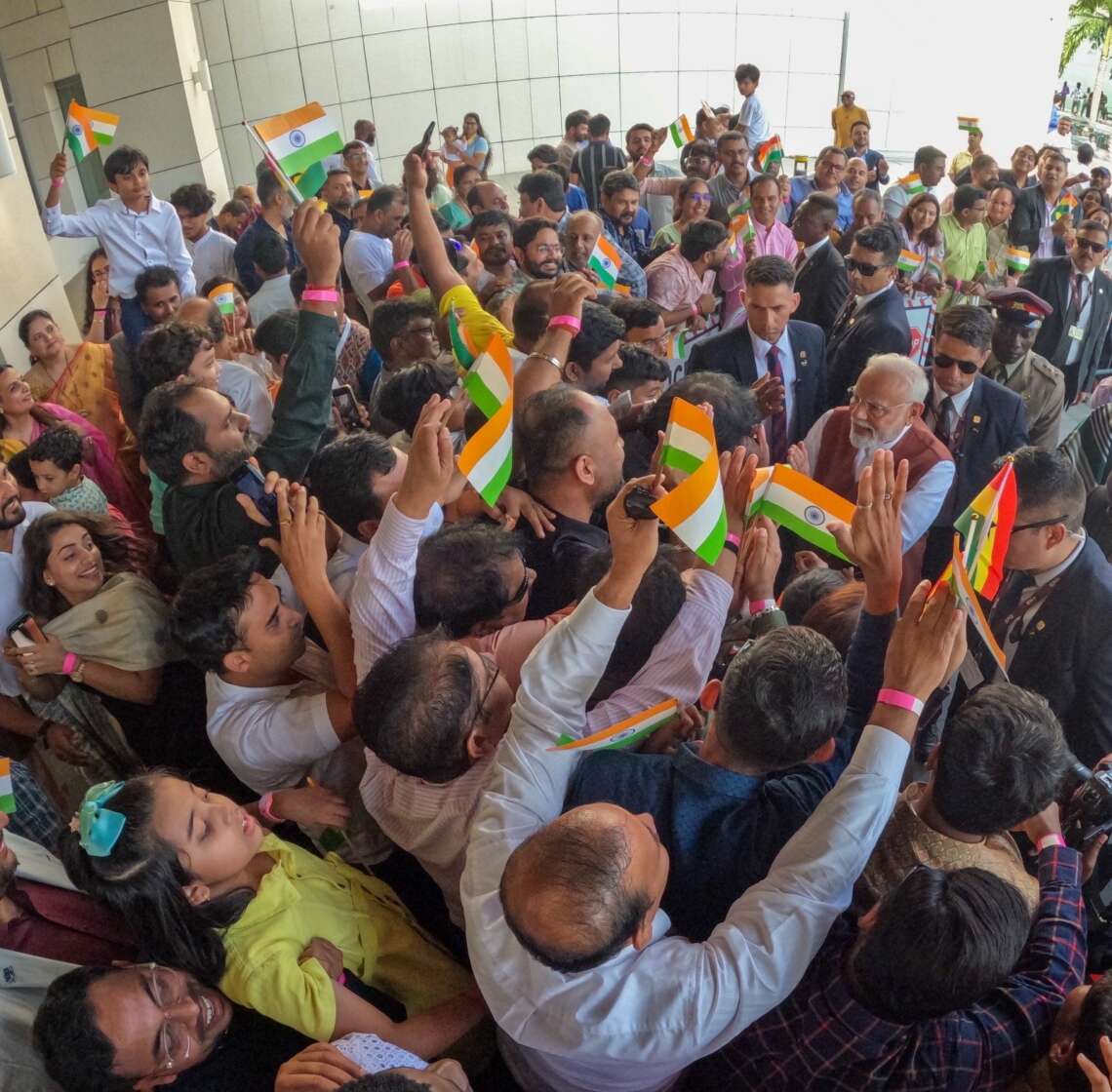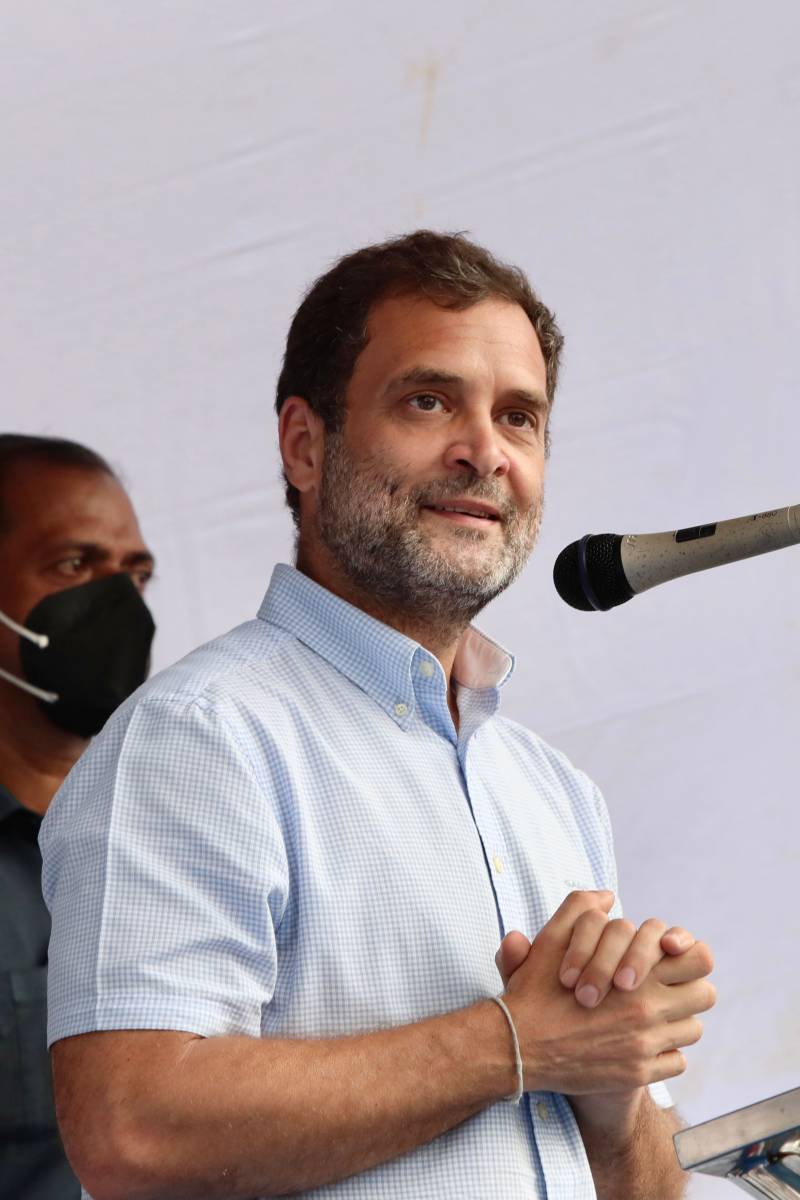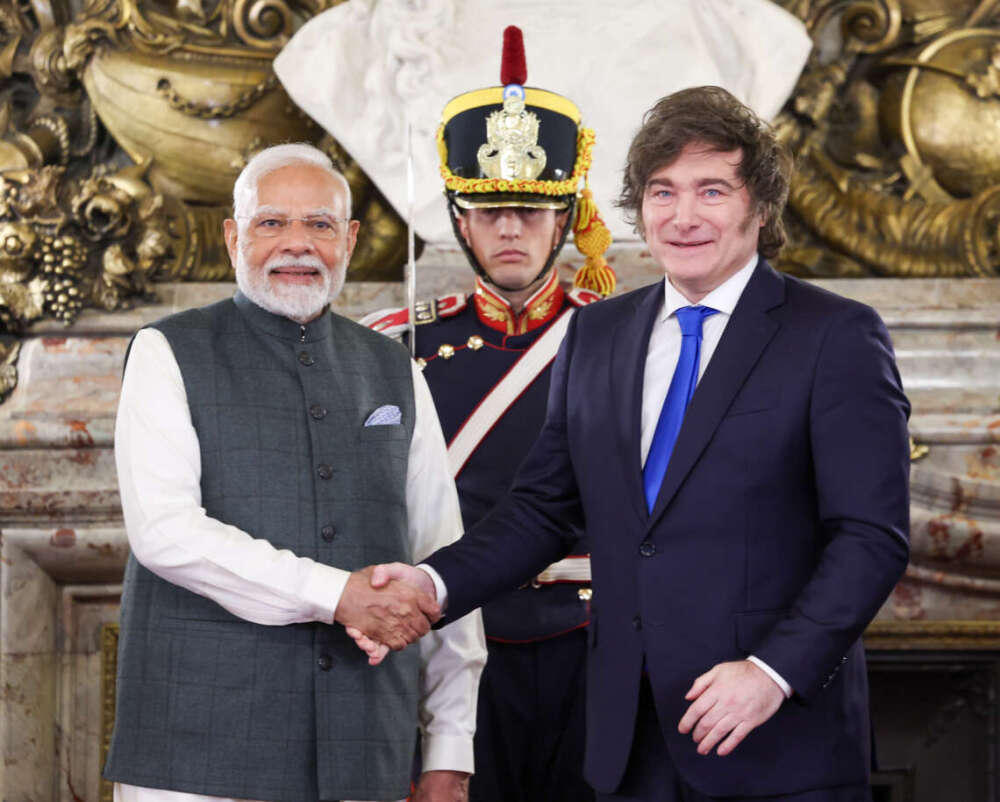The trilateral project, conceived in 2002, is a 1360 km transnational highway connecting Moreh in India, Bagan in Myanmar and Mae Sot in Thailand. Though there have been delays in execution, the project, that is expected to boost trade and people to people connectivity besides other things, is likely to be completed in the next couple of years, reports Mahua Venkatesh
Bangladesh is likely to finally join the India-Myanmar-Thailand Trilateral Highway Project. The issue was discussed during Prime Minister Narendra Modis visit to Dhaka last week as both India and Bangladesh have decided to remain engaged with Myanmar notwithstanding its internal political dynamics. The project will provide Bangladesh direct connectivity with the south east Asian nations which is expected to boost its trade.
Sources said that the project also gives India along with other nations an opportunity to counter China’s Belt and Road Initiative while enhancing connectivity for the landlocked northeastern states of the country.
Sources said that though the project implementation is underway as per plan, there could be some delays as it stretches across geographical boundaries.
“There are two aspects to this project. First Bangladesh gets to connect with Myanmar on a positive note as it is part of the BIMSTEC (Bangladesh, Bhutan, India, Nepal, and Sri Lanka in South Asia and Myanmar and Thailand in Southeast Asia) connectivity projects. Dhaka is already part of BIMSTEC. Second, this gives an opportunity to counter China’s plans of infrastructure connectivity,” said Joyeeta Bhattacharjee, senior fellow Observer Research Foundation.
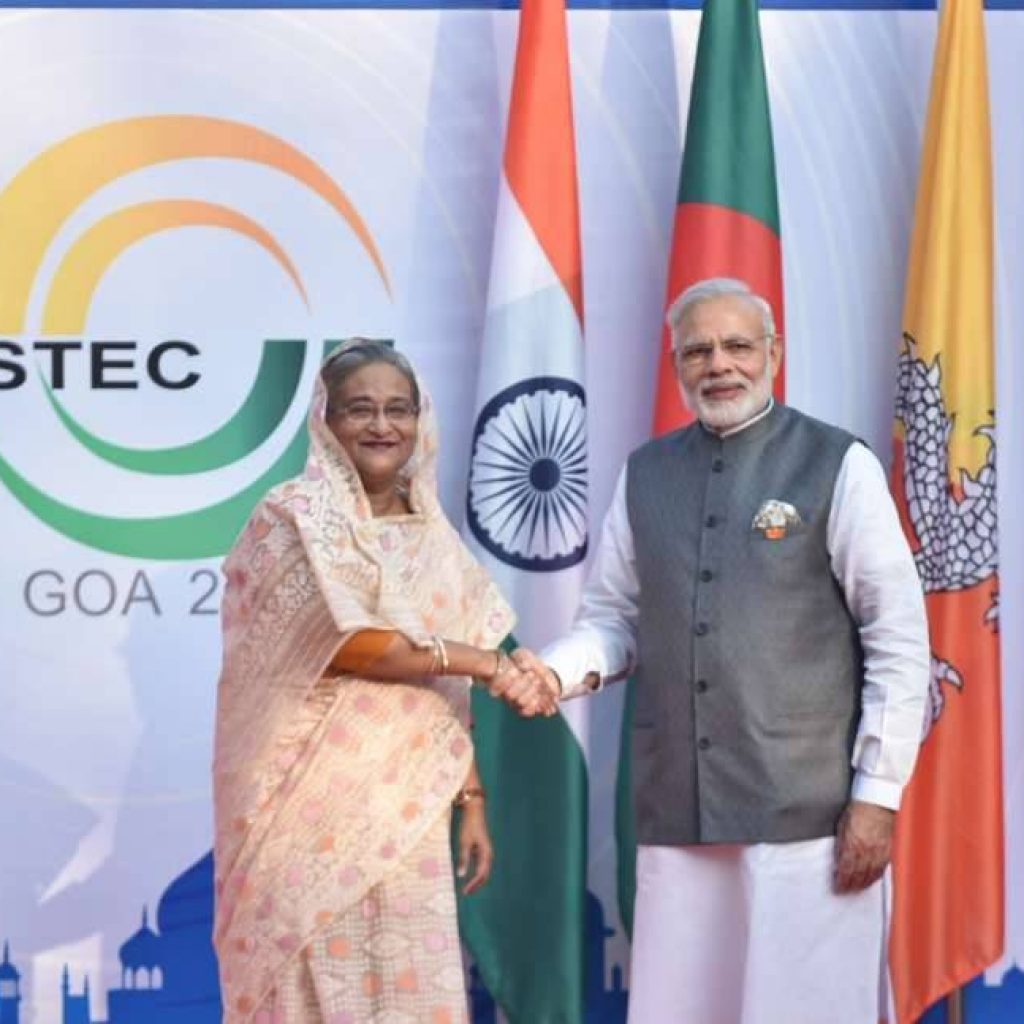
Bhattacharjee added that withdrawal from engaging with Myanmar is not the solution. “Our position to leverage and influence will remain intact only when we engage though many voices have come up to suggest that we must withdraw,” she added.
Read also: PM opening new bridge to cement India Bangladesh ties
Also read:LITE VIEW: Making India-Bangladesh ties weather-proof
The project also assumes importance as it gives a further push into the Indo-Pacific geopolitical dynamics.
“Bangladesh joining this project was almost a given. The benefits of this mini-quad cooperation go far beyond logistics and trade efficiencies. It has strategic implications – which shows India’s seriousness in moving from simply Look East to Act East,” Sandip Ghose, political analyst said, adding that the project would also bring in the northeastern states into the mainstream, while pushing development in that region.
An article published in the Diplomat, Dhaka’s interest in the trilateral project with India, Myanmar, and Thailand along with the BBIN connectivity can be useful for both India and Bangladesh. “It will facilitate the development of India’s much-neglected Northeast region, which brings for New Delhi both economic and strategic benefits,” it said.
As India looks to intensify its Act East policy under the Narendra Modi government, it could even look at extending the highway through other countries such as Cambodia, Vietnam and Laos.
“Vietnam will be quite excited about such a proposal, but it is unclear how Cambodia and Laos will respond, given their deep economic and strategic engagement with China,” the article said, adding that Vietnam, their close strategic partner, has had difficulties in these relationships in recent times because of China.
“The focus will be on improving connectivity in the region including the Bangladesh-Bhutan-India-Nepal (BBIN) so that there is easy mobility within the region,” an official said.
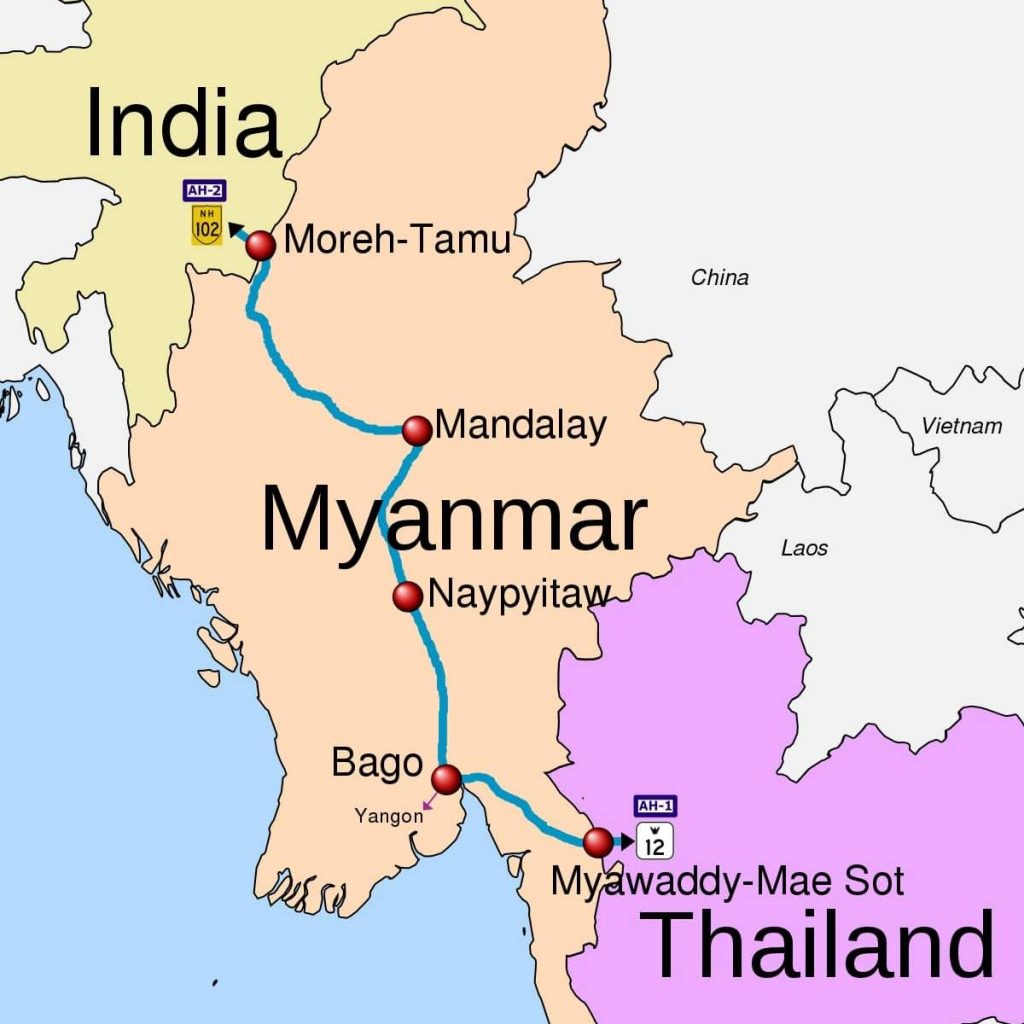
Importance of the trilateral highway project
The trilateral project, conceived in 2002, is a 1360 km transnational highway connecting Moreh in India, Bagan in Myanmar and Mae Sot in Thailand. Though there have been delays in execution, the project, that is expected to boost trade and people to people connectivity besides other things, is likely to be completed in the next couple of years.
Sources said that the trilateral highway could feed into a much larger undertaking, in the end, connecting landlocked Bhutan with Da Nang in Vietnam.
The key to this massive undertaking is the 19.2 kilometer Dhubri-Phulbari bridge over the Brahmaputra. the gigantic effort will merge two parallel initiatives – the trilateral high New Delhi-led India-Myanmar- Thailand trilateral highway and the East-West, Economic Corridor (EWEC) marshalled by Japan in partnership with Thailand, Laos and Vietnam. The joint foray is a fusion of India’s ‘Act East’ policy and Japan’s ‘Free and Open Indo-Pacific’ strategy.

With Mae Sot as the junction, the 1,450-km EWEC route passes through Thailand’s Province of the Mukhandan – the gateway to Laos, which is connected by the 1.6 km-long Second Thai-Lao friendship bridge over the Mekong, built with Japanese assistance. From Savannakhet in Laos, the next stop in the corridor, the passage heads east towards Da Nang, 486 km away. On the way, the Japanese have also been involved in constructing the 6.28-km Hai Van tunnel, the longest in Southeast Asia, which links Hue, a city in Central Vietnam, with Da Nang.
Also read:Central library set ablaze in Bangladesh


